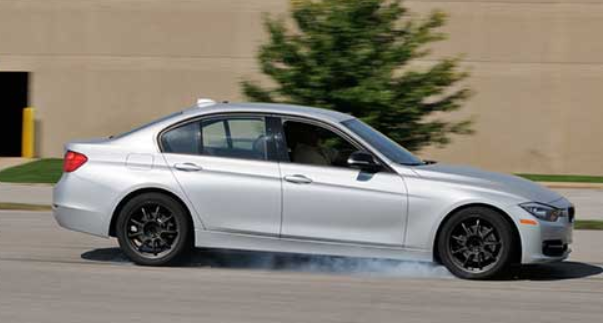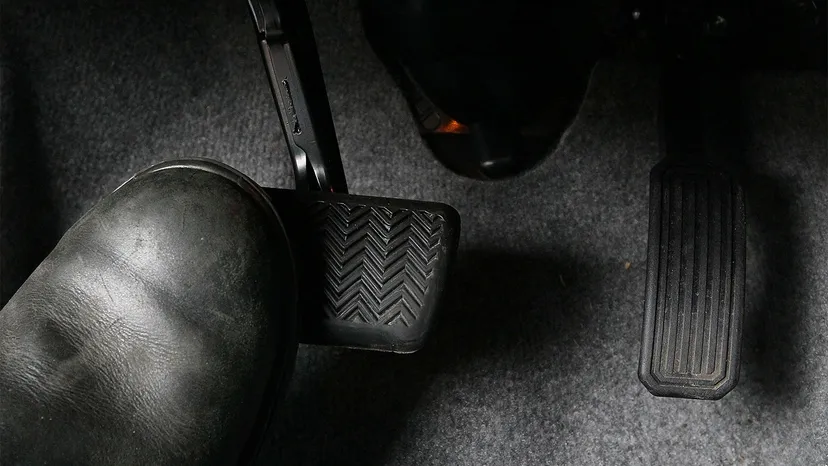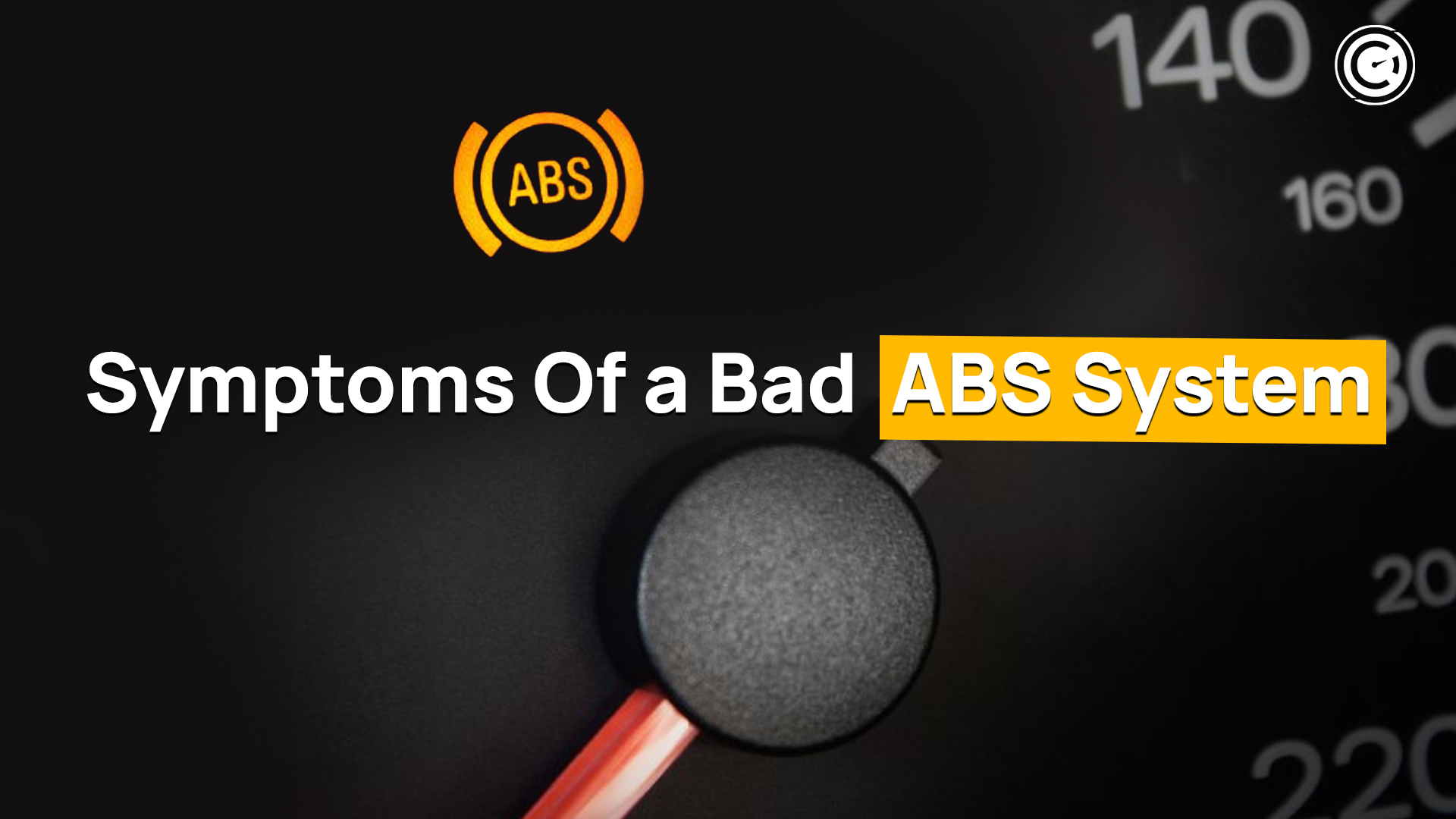The ABS control module is responsible for ensuring that you can maneuver your vehicle in the event of panic braking. Here’s how to figure out whether your ABS control module is malfunctioning. You have the protection and safety you need on the road with a fully functioning ABS control module. When this part fails, you’re more likely to have an accident, especially if you have to make a quick stop. To maintain your ability to steer, the ABS control module regulates wheel speeds and restricts brake pressure to the caliper if you brake forcefully. The symptoms of a faulty ABS control module, as well as its location, function, and cost of replacement, are discussed in this article.
An ABS warning light on your dashboard is the most prevalent indicator of a faulty ABS control module. When braking in slick conditions, you may detect locked wheels. A stiff or sluggish brake pedal is another less prevalent symptom.
These aren’t all of the warning indicators, so here’s a more comprehensive list of the most common symptoms of a bad ABS system:
Table of Contents
Symptoms Of a Bad ABS System
Locking Wheels

When traction is lost, the ABS control module guarantees that the wheels do not lock up. However, when this component degrades, the data required to keep the wheels from locking is inaccurate. The ABS control module might be to blame if your wheels start to lock up when traction is lost. Wheel locking is among the most common symptoms of a bad ABS system.
Download GaragePro App for Android
ABS Warning Light
View this post on Instagram
All contemporary automobiles include an ABS dashboard light that illuminates when there is a problem. One cause for the light to glow as if the ABS control module malfunctions. ABS is indicated by an amber light on newer models. Older models, on the other hand, may not have this specific light and instead rely on the Check Engine Light. When the ABS light comes on, the system may stop working altogether. Even if you think you can drive without the ABS, you shouldn’t because it is a critical safety function.
Increased Braking Effort

When you depress the brake pedal, you should still be able to stop. However, the amount of effort required to halt might increase. As time passes, you may realize that stopping your car and pressing down on the brake pedal requires more effort. You should get the system examined if you feel like you’re getting leg exercise every time you need to stop.
Recommended – Top 11 Essential Tools to Keep in Your Car
Unresponsive Brake Pedal
You want to know that when you press the brake pedal, the car will come to a complete stop. A faulty ABS control module, on the other hand, might make stopping more difficult. You could notice the additional braking effort mentioned above at first. This effort will become more noticeable with time, and you may eventually lose brake pedal function entirely. Low brake fluid levels can also cause this problem, so make sure to examine the entire system. You should have the brake fluid system drained to make sure there is no air in the lines.
Inaccurate Speedometer Readings
When the ABS control module malfunctions, the speedometer may stop working properly. This is not a regular event, but it is possible. The speedometer will either indicate 0 mph or the erroneous speed. This symptom frequently occurs when the Check Engine or ABS light illuminates.
Download GaragePro App for iOS
ABS Control Module Function
The ABS (anti-lock braking system) control module is a computer-like electrical device. The ABS control module processes the information from the ABS sensors. The ECU then processes the data, generating electronic information to guarantee the system functions properly.
This system is in charge of processing the following steps to maintain safety when the vehicle loses stability or traction. It can also assist in determining how much pressure should be given to each wheel to bring it to a halt.
The braking frequency and amount of braking pressure required are efficiently monitored by the control module. To avoid any slippage, it takes information from the sensors showing how rapidly the tier are turning.

